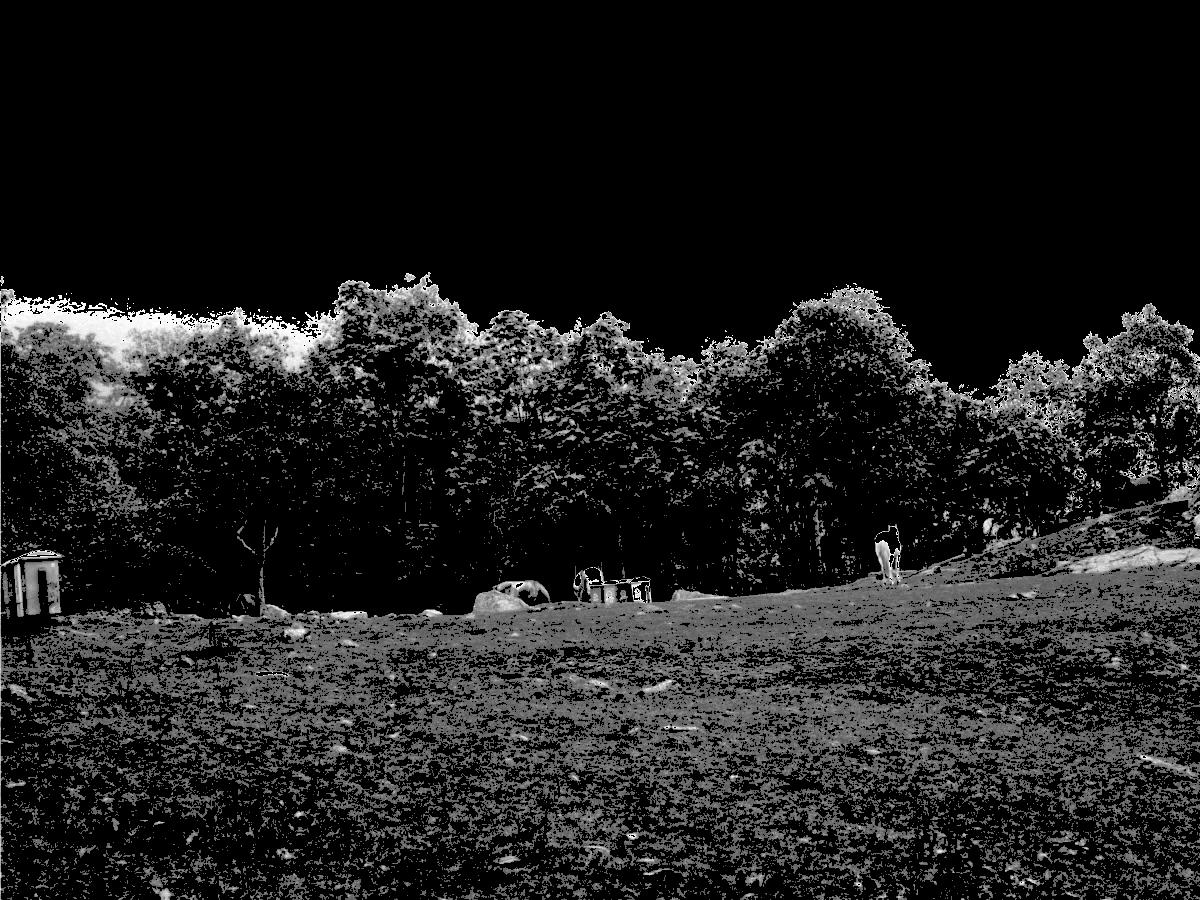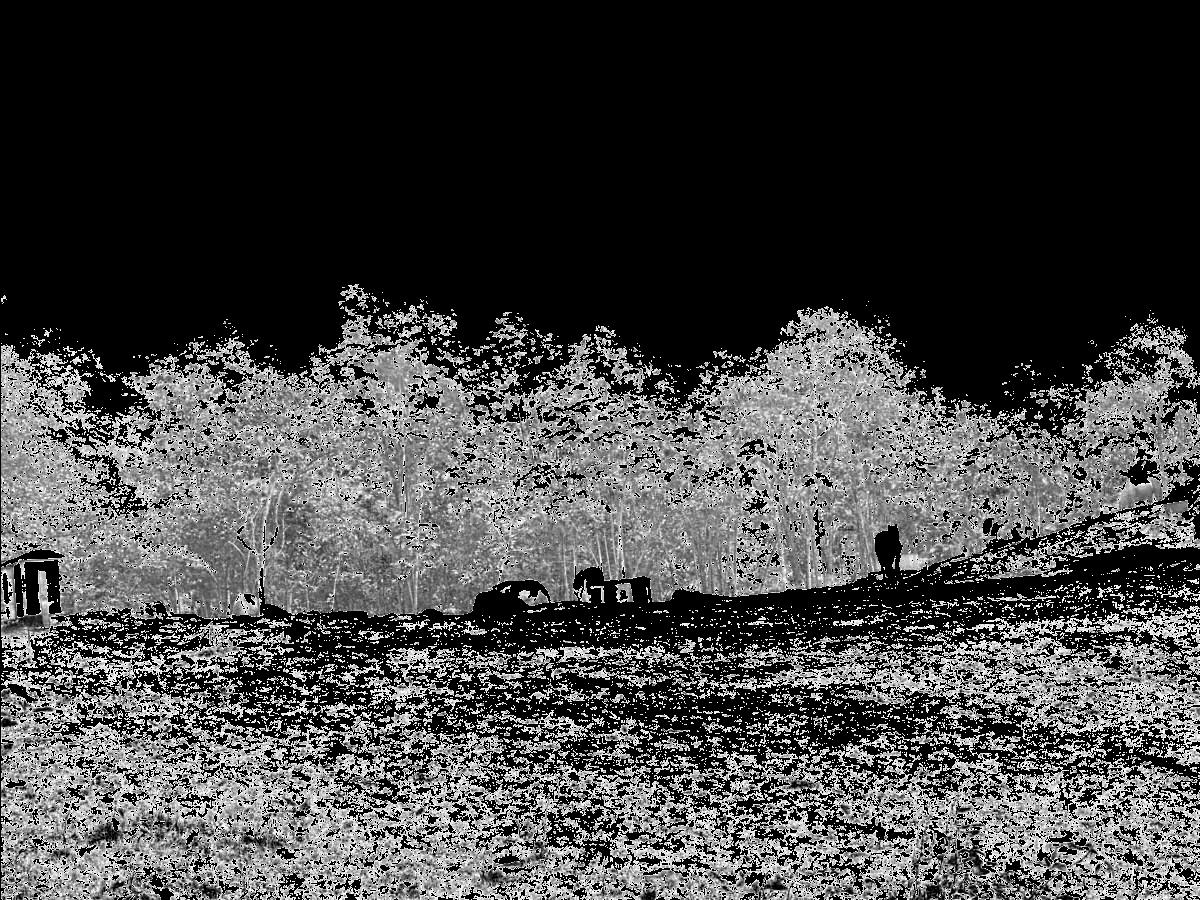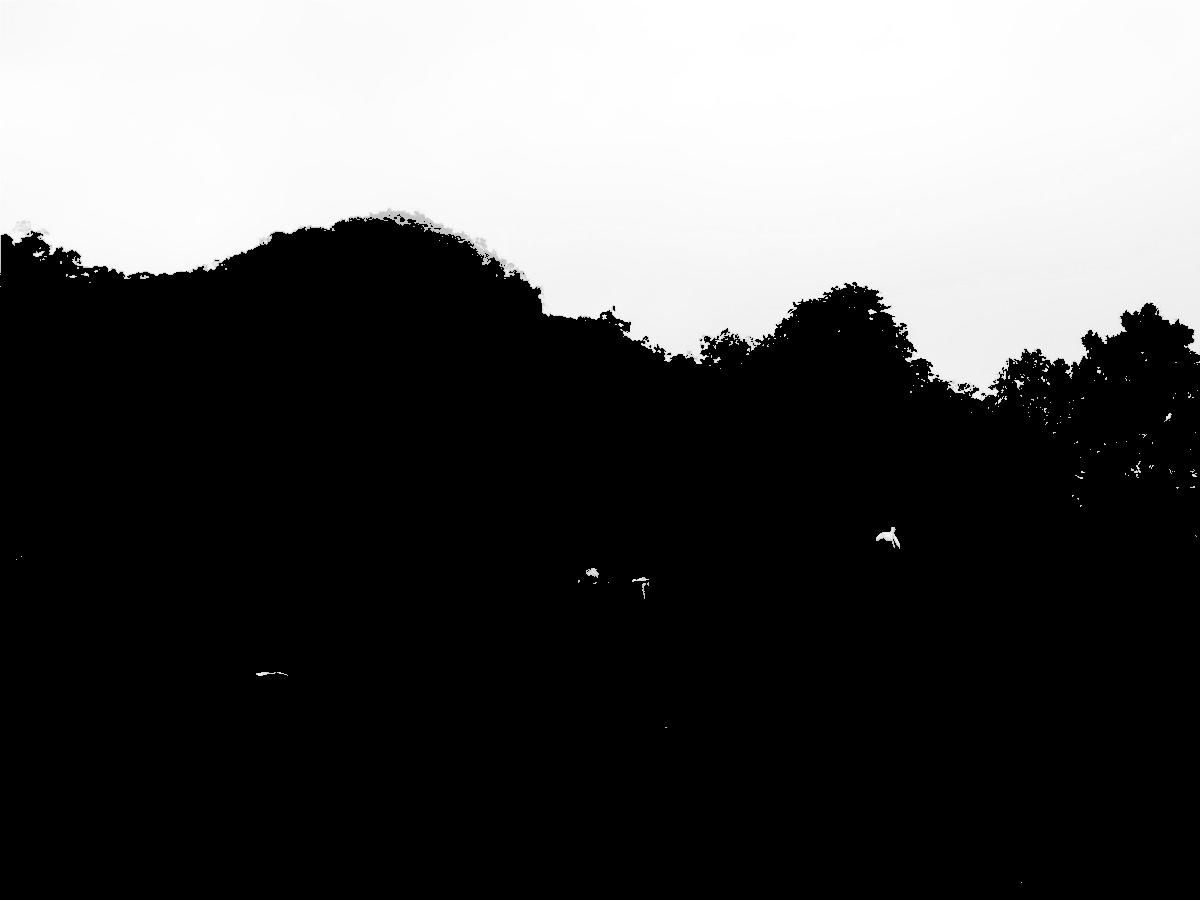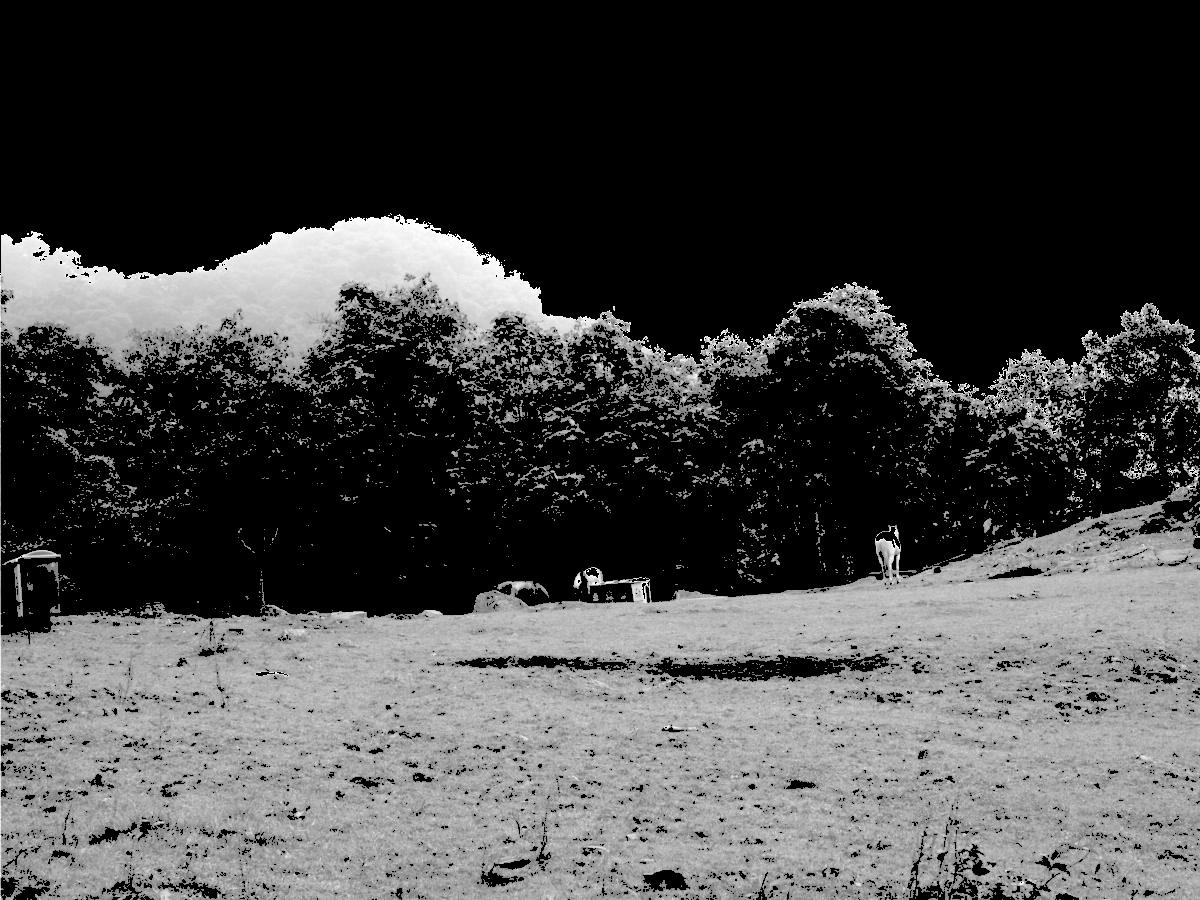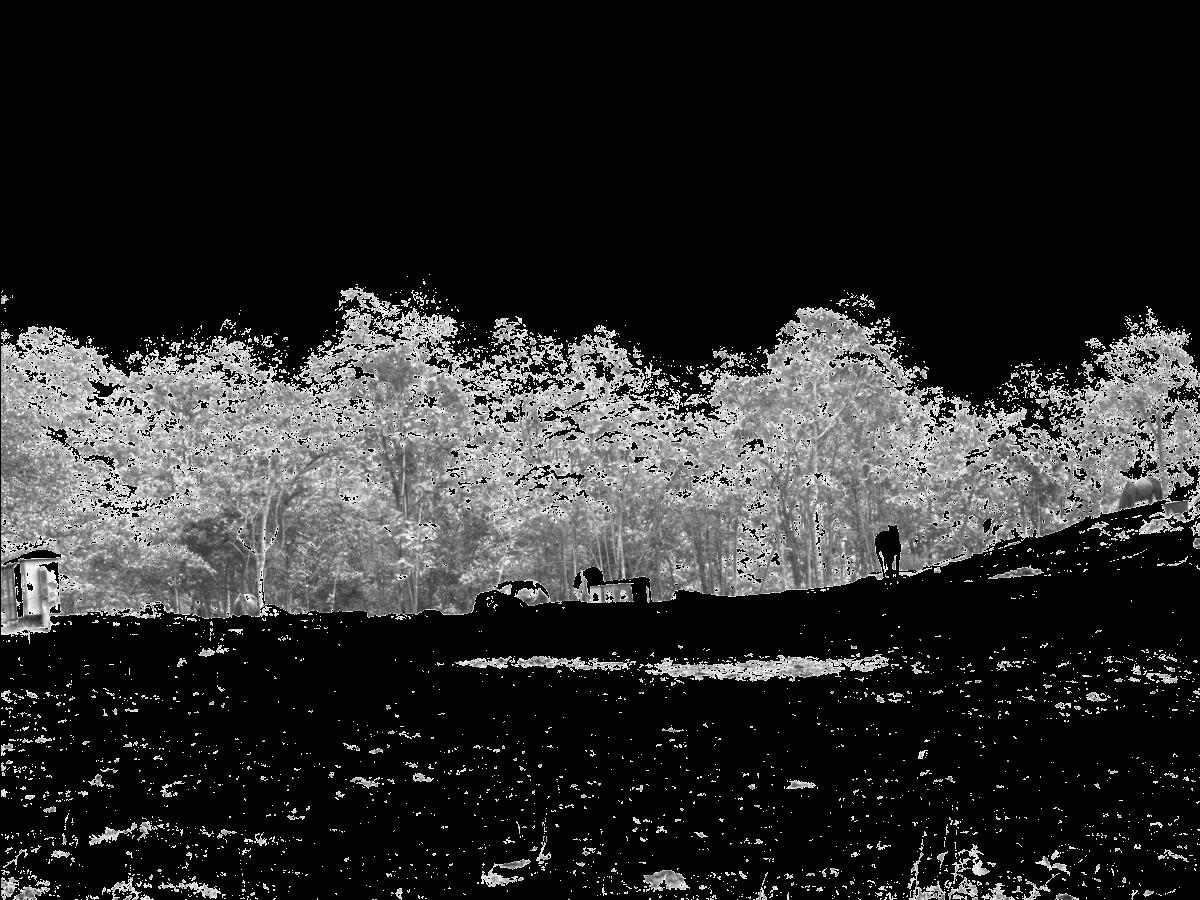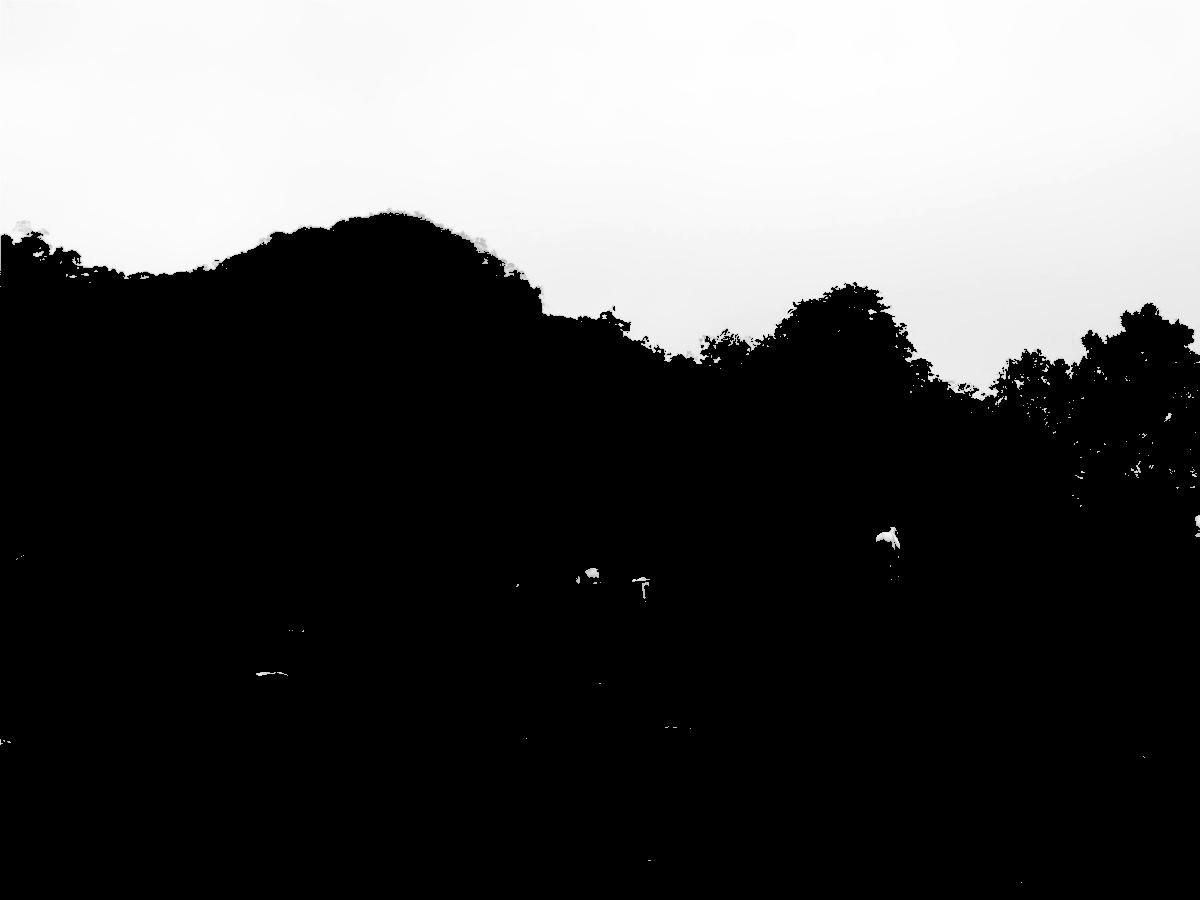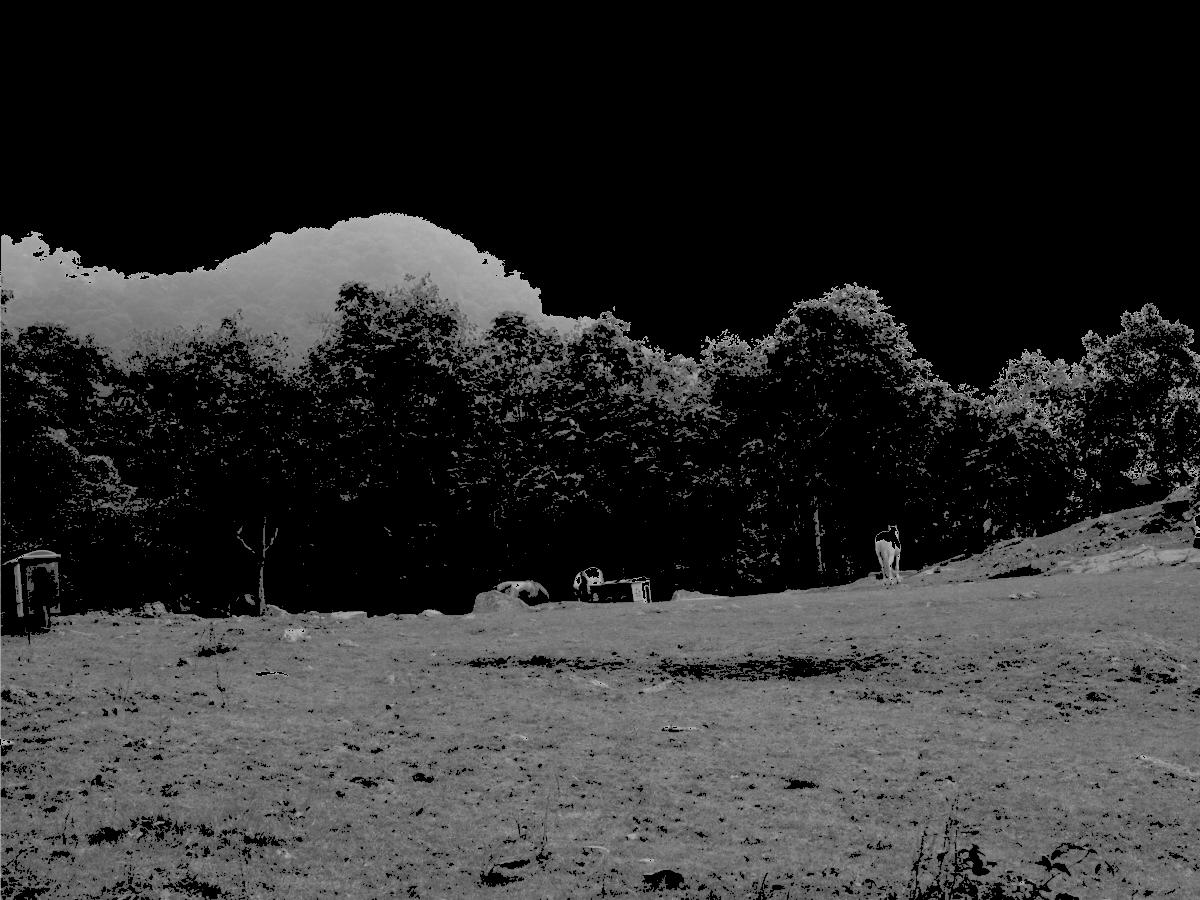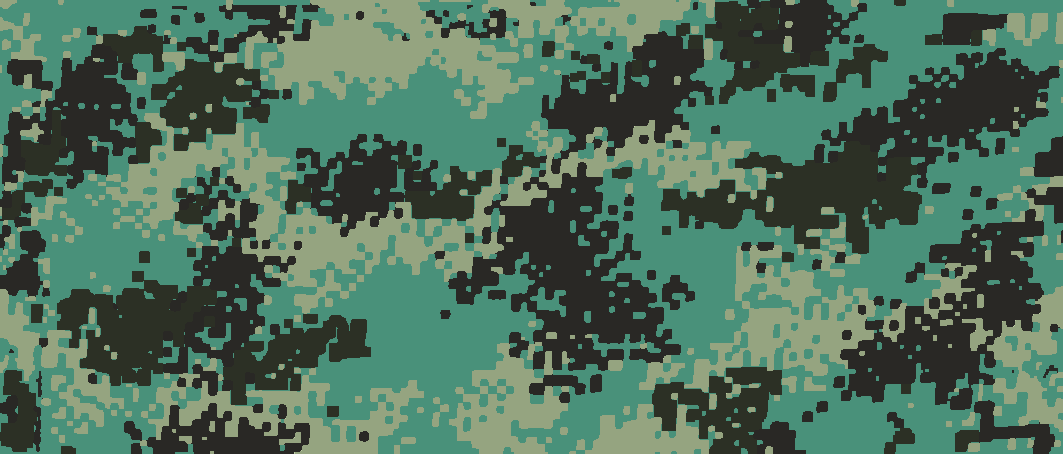
Camouflage (2014)
Quantitative Analysis and Development of New Color Tables for Mountain Ecosystems in Colombia
Color has always been a fundamental vehicle of communication. An observer, by the means of color pattern perception, creates references, codes, and signals of identity that make him part of his surrounding environment. Nature is the primary source that gives man the ability of differencing millions of color shades, depending on the wave longitude of reflected light. These photometric magnitudes are obtained through factors that correspond to the relative spectral sensitivity of the visual system, based on receptors in the eye that allow the detection of different levels of color intensity.
However, there are other aspects that influence the perception of color. Visual stimuli from the surroundings of a scene and characteristics of natural landscapes derive on different perceptions of the environment. Also, we can find cultural and linguistic differences in the perception and recognition of color amongst several demographic groups. Variables such as age, gender, mental and optical ailments affect the capacity of categorization and identification of color shades.
For this reason, environmental and cultural adaptation plays a critical role when determining color schemes. For instance, Eskimos are able to differentiate a significant amount of white and blue shades, while at the same time they cannot differentiate green color shades. Such conditions bring some interesting questions: What is the influence of the surroundings of a subject in his perception of color? To what extent operates this influence, in terms of his adaptation?
While these are big questions that are already been given attention from different disciplines such as Psychology and Biology, among others, we can contribute to answer these questions by formulating a more specific one that is the object of this study: What are the representative colors of an ecosystem?
Color scheme identification and generation deals with the extraction, by an expert or by computer, of the representative colors of a scene. It has many important application fields, e.g. textile, product, interior and exterior design, architecture, and enables the possibility of generating palettes that 1) convey a message 2) can be used for the quantitative analysis of a given scene (e.g. to calculate the amount of deforestation of a given zone using satellite images).
Given the variability of the ‘manual’ or ‘by eye’ recollection of these palettes, and its subjectivity given by the factors exposed above, it is desirable to have an unbiased method for color scheme extraction. Nowadays, automated methods for this task are widely used, easing the tasks of generating, selecting, comparing and sharing these palettes. However, these tools for palette generation are based in color extraction of just an image, which rarely holds the whole spectrum of color shades found in an ecosystem.
Thus, a method for scaling this process to a whole region is needed, in order to get an insight into its variety and richness of colors, as well as opening the door to more detailed analyses. In this paper we will describe, from our experience in a mountain ecosystem, important aspects to take into account in the capture and analysis of several digital images of a given zone, as well as results from this analysis.
Cite as
(2014) Naranjo D., Quijano A., Kadamani S.: "Quantitative Analysis and Development of New Color Tables for Mountain Ecosystems in Colombia". Colour and Colorimetry. Multidisciplinary Contributions Vol. X B. 10th Conferenza del Colore, 11-12 Sept. 2014. Genoa, Italia.

